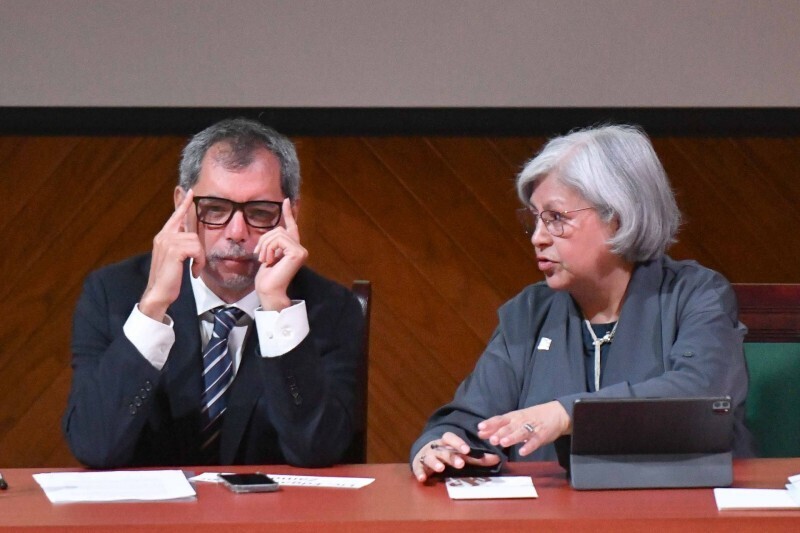
On an annual basis, services recorded an inflation rate of 4.44%, while goods advanced 4.12%. "The main challenge for inflation stabilization continues to be service inflation, which continues to show signs of stagnation," explained the senior economist and strategist for Latin America at XP, Marco Oviedo. According to XP, the biweekly data for the second half of October was slightly higher than expected, with an increase of 0.14% versus the consensus of 0.12%, due to greater pressures within the underlying component: "The pressures within the core came mainly from other services, which increased 0.19% biweekly, and from housing services, which rose 0.14%". Among the categories that most influenced, increases in air transport, internet, and tourist services stand out, reflected in rises within restaurants and accommodation (7.48%), health (5.05%), and recreation and culture (4.21%). In contrast, some services such as insurance and financial (-0.84%) and information and communication (0.06%) had much smaller increases, which helped partially contain the advance of the services component. The outlook confirms that, although general inflation remains within the Bank of Mexico's target range, the rigidity of prices in services, especially in housing, tourism, and transport, remains the main obstacle to consolidating the decline. General inflation in Mexico was 0.36% monthly and 3.57% annual in October. Although the figure showed a slight moderation compared to last year, when the annual rate was 4.76%, and compared to the consensus estimate of 3.8%; the advance was explained mainly by the behavior of services, which again showed resistance to the decline. Within the underlying index, which measures the more stable prices in the economy, services rose 0.39% monthly, well above the pre-pandemic historical average of 0.22%. In contrast, goods barely increased by 0.17%.













